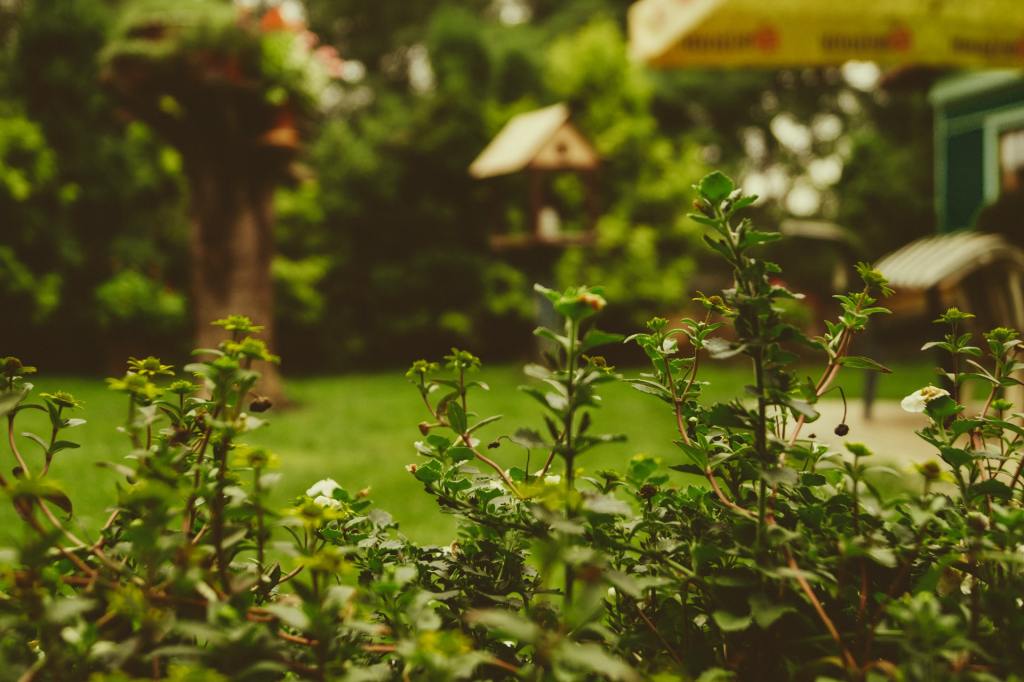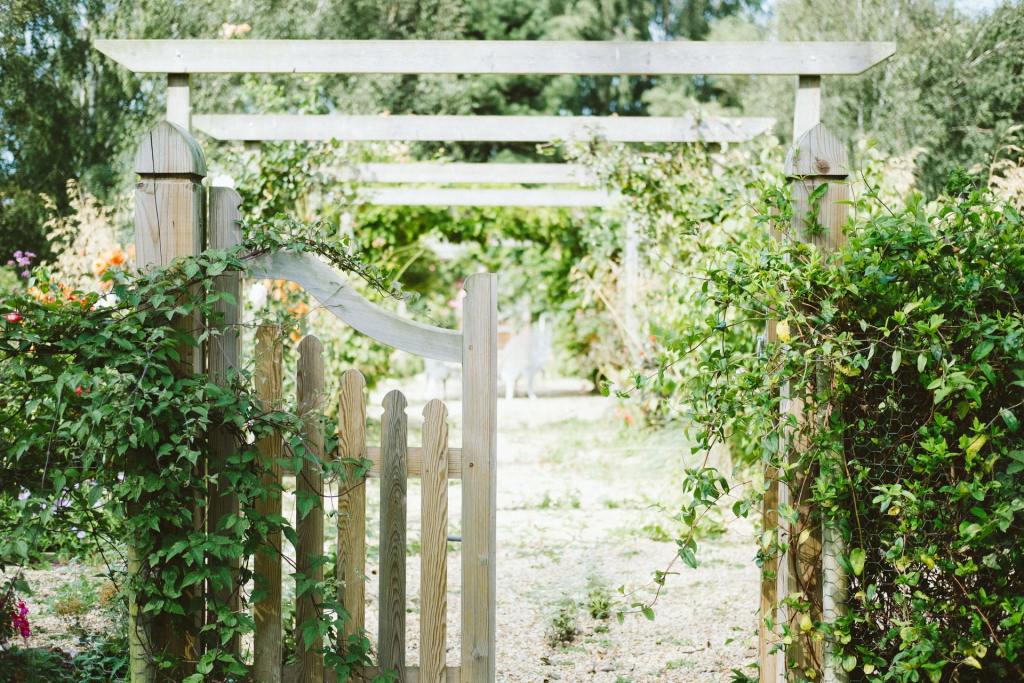You’re either sick of your current garden design, or you’ve moved and you need to revamp the garden you’ve just inherited. Either way, coming up with the perfect garden design is crucial to the success or failure of your outdoor space. Without proper planning and execution, you may never want to step out into your garden; when done right, you won’t ever want to leave it.
Obvious lines and shapes
Before you start researching what types of plants and flowers to plant in your garden, let’s first get the base set up. No matter how many beautiful, blooming plants you have, if your garden and lawn don’t have an apparent shape or outline, it’ll make the whole thing look messy. To avoid this, go around the line of where your garden meets your lawn and ensure it’s a clean line. This doesn’t mean it has to be a perfect square or circle; it just means there’s a clear line between grass and mulch. To make this easier, you can install landscape barriers to keep the mulch where it belongs and discourage grass from creeping into the garden.

Always have a plan
Now that you have the exact shape of your garden planned out, it’s time to start considering which plants you’ll want to put where. This can get overwhelming quickly, but it’s a crucial step in guaranteeing the success of your garden for years to come. Here are a few things to keep in mind when planning out your garden.
While flowers are beautiful, having too many of them can make a garden look messy. Before you start choosing flowering plants, create a strong base of green foliage plants to serve as a backdrop for those gorgeous blooms. Use these backdrop plants at the corners and as pillars throughout the garden. Once you’ve planned a good base of greenery, you can start sprinkling in those lovely flowering plants.
Avoid a flat-looking garden with trees
While bushes, flowers, ferns, and other common garden plants are essential, you run the risk of a flat or dull garden if you leave out trees. Trees won’t only provide shade, they’ll also add height and dynamic shape to the overall look of your garden. Of course, they don’t have to be massive oak trees, but they can be smaller trees such as Japanese Maples, flowering cherry trees, or even dogwood trees.
Pavers and stones for walkways and patios
Creating a clean and comfortable space to relax and soak in all the hard work you’ve done starts with the ground, but finding a suitable solution for covering grass or mud can be tricky. Pavers are an excellent way to create a clean spot for outdoor furniture (or even a grill). The style of your home and the types of plants you’ve incorporated into your yard will determine what color pavers or stones will work best for you. If you’re in a hotter climate, consider lighter-colored stones to help keep them cooler in the warmer months. Alternatively, it might be best to lean towards darker stones in cooler states to hold heat and make the space warmer for colder weather seating.
You can also consider having varying types of shapes and style pavers and create unique patterns within your patio or walkways. This can be another way to add personality and design to your garden space.
Level up your garden design
Similar to adding trees to your garden design, adding layers to your garden can elevate the garden design (pun intended). If you have awkward hills or steps, consider changing them to sloping steps with minimal concrete to give a subtle but distinct design. To add even more spice to your garden, use reclaimed wood for floating steps or decking material. This creates depth and interest in a primarily green environment.

Try to hide your boundaries
With smaller backyards, it can sometimes feel impossible to forget that you have a neighbor right next door. However, with clever garden design and planting, you can hide those fences and forget that you’re not in your own little garden heaven. To do this, use the fence as a part of your garden design. Rather than just doing your best to ignore it or hide it, use it as an element to add to your space instead of taking away from it. For example, grow climbing blooming plants in front of the fence, then allow it to be a backdrop for a fountain or your favorite sculpture.
It’s the small things that make the difference
It can sometimes be challenging to feel like you can relax and unwind in an outdoor space. Whether it be the uncomfortable chairs, the bugs flying around, or the lack of places to put your snacks, all these small things add up to a garden space not being used as often as you’d like it to be. To make the outdoor living space comfortable, try adding small luxuries from the indoors. Things like pillows, outdoor lounge furniture, candles, and end tables for drinks and food will make a world of difference when entertaining friends or relaxing with your spouse.
Don’t forget the edible plants
There are so many ways to bring edible plants into your garden design. You can integrate edible plants in with your other plants as decoration, or you can dedicate specific spaces for them, like raised garden beds, dedicated corners, vertical growing containers, or living walls. You can grow herbs, veggies, berries, and even flowers that can be dried and made into teas. Creating a space for healthy homegrown food doesn’t mean you have to sacrifice beauty. If you add it to the plan from the very beginning, you’ll be able to incorporate those edible plants and have them blend in with the rest of your stunning garden design.
It doesn’t matter if you use all or one of these tips and tricks, just be sure to plan ahead when designing your garden.
Editors' Recommendations
- Everything you need to know about choosing the best rocks for landscaping
- Focus on color: Bring some sunshine to your garden with these orange plants
- Do you live in climate zone 2? Here’s what you need to know
- Could electrogardening be the way of the future?
- Climate zone 3 plants that will thrive in cool temperatures




